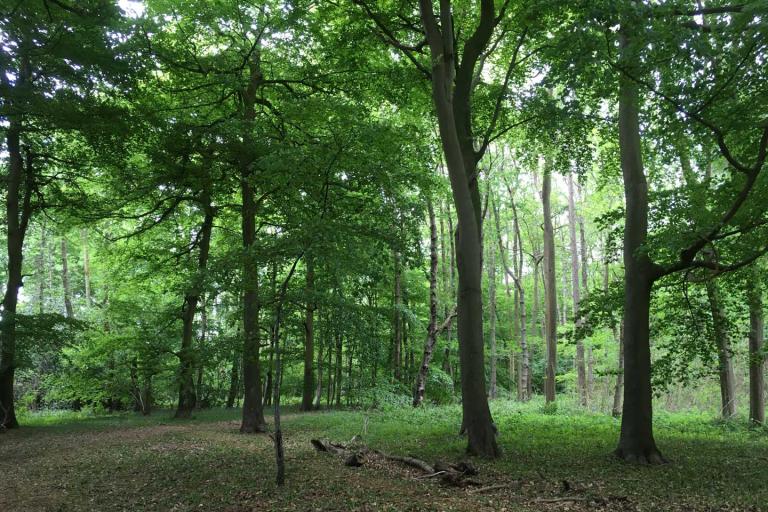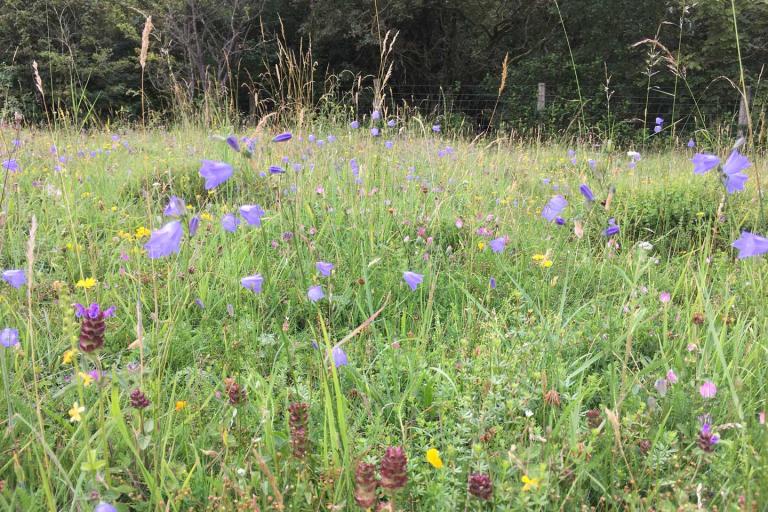We mapped habitats in Berkshire and Oxfordshire using a variety of sources, mostly combining field survey data with aerial photograph interpretation. We identified:
- S41 Habitats of Principal Importance (previously called UKBAP priority habitats)
- JNCC Phase 1 habitats
- UKHab habitats (the new classification system replacing Phase 1)

Natural England's Priority Habitat Inventory
We updated our data on certain NERC Act S41 Habitats of Principal Importance and contributed it to the national habitat inventories maintained by Natural England (NE). However, NE has since replaced these inventories with a single habitat layer dataset called the Priority Habitat Inventory. Unfortunately, this new dataset, which incorporates some of our 2015 data, is significantly less accurate than our original habitats dataset for Berkshire and Oxfordshire. Consequently, it is not suitable for making decisions at a local level.
We recommend that you request habitat data specific to Berkshire and Oxfordshire directly from us rather than relying solely on NE’s single habitat layer.
Our analysis revealed discrepancies in the NE dataset, specifically:
Missing habitats (by a total of 4,497 ha):
- arable field margins
- eutrophic standing waters
- mesotrophic lakes
- ponds
- rivers
- lowland beech and yew woodland
- wet woodland
- lowland wood pasture and parkland
- open mosaics on previously developed land
- possible priority grassland
- possible priority fen
Overestimated habitats (by a total of 16,473 hectares):
- coastal and floodplain grazing marsh
- lowland calcareous grassland
- lowland dry acid grassland
- lowland meadows
- lowland heathland
- lowland mixed deciduous woodland
- purple moor grass and rush pasture
Underestimated habitats (by 203 hectares):
- lowland fen
- reed bed
- traditional orchards

How we know what habitat is present
We used aerial photographs and conducted field surveys to accurately identify and map habitats. Our determination and interpretation descriptions ensured precise habitat classification.
S41 Habitat of Principal Importance
S41 Habitat of Principal Importance replaced UK Biodiversity Action Plan (BAP) Priority Habitats. Habitats listed in section 41 of the Natural Environment and Rural Communities (NERC) Act are called 'habitats of principal importance'. They represent the most crucial habitats for wildlife. Both the NERC Act and the National Planning Policy Framework protect habitats of principal importance from harmful development.
Phase 1 Habitat Classification
The JNCC Phase 1 habitat classification, along with its associated field survey technique, provides a rapid but crude system for recording semi-natural vegetation and other wildlife habitats. Widely used, it remains the standard phase 1 technique for habitat surveys across the UK.
UK Habitat Classification
The UK Habitat Classification (UKHab) is a new system designed to classify terrestrial and freshwater habitats in the UK. It provides a unified and comprehensive approach to categorising habitats, making it easier for survey and monitoring efforts in the 21st century.
The classification system is flexible, suitable for various survey types – from small urban sites to large-scale rural habitat mapping. It covers both professional and basic editions, making it valuable for species and habitat research, ecological impact assessments, ecosystem services evaluations, and biodiversity net gain assessments.